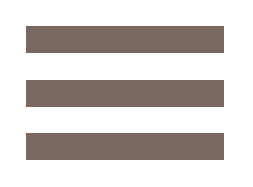VINTAGE
Butcher's Shop Diorama
£2,950.00
An extremely rare Antique butcher’s shop diorama with its original signage “U. Lamb” and “Family Butcher”. It is complete with counter, papered tiling, butcher’s blocks, butcher’s scales, and various composition cuts, sides and joints of meat – including strings of sausages and a pig’s head, and all exquisitely modelled. This diorama was most likely intended for play, yet it is now housed in a glazed cabinet with opening front.
The shop itself has a hinged floor with an affixed shop counter, so that the counter section can be folded up. There is a meat rail for the hanging of hams and sides and cuts of pork and beef. Tile patterned paper covers the floor and internal walls; roof tile patterned paper is affixed to the roof; and brick patterned paper adorns the shop counter, the sides and the facade. Behind the main counter sits a table displaying bacon, cutlets, chops and rolled joints. Everything is original.
The cabinet is glazed on all sides, has a blue velvet covering to its base, and the front slides up on runners and is strung with weights so that it remains open if required.
History
A diorama is a replica of a scene, typically a three-dimensional model usually in miniature, and sometimes enclosed in a glass showcase – as is ours here. It was the Victorians that first set about modelling the entire world in miniature, from shoemakers and milliners shops, to butcher’s shops complete with all kinds of cuts, sides and joints of meat modelled in composition and wood.
Robert Culff’s 1969 book The World Of Toys explains that these play sets were a hit with Victorian children far less squeamish than ours might be today. Culff writes that these “exact representations of butchers’ shops” were very popular, “with their modelled joints, strings of sausages, and whole animal carcasses hanging from real iron hooks, tier by tier”. He imagines how satisfying it must have been “taking down and wrapping Sunday joints for one’s brothers and sisters, and presumably a certain amount about the prime cuts of meat was learned painlessly in the doing of it.”
Dimensions of cabinet:
Height 38cm
Width 42cm
Depth 19.5cm
Dimensions of shop:
Height 19cm
Width 32cm
Depth 15cm
(Depth when closed 6.5cm)
Material: wood, paper and composition
Country of manufacture: UK
Date: c.1910
Condition: there are scuffs, wear and fading to all the brick and tile patterned paper.
























































